Have you ever thought about how much is the most expensive painting in the world? There are many paintings with price tag over USD 1 million but there are paintings which are really expensive with a price starting from USD 100 millions for one painting. It is very difficult to really appreciate these masterpieces of world painting – almost all authors of the most expensive paintings ever sold have passed away and won’t be able to create something like this ever. And because of this the price of these paintings simply raise with time. So, we represent to your attention the collection of TOP 10 most expensive paintings in the world.
The history of art is long and extraordinary, ranging from classic to contemporary. The world knows many of the great masters such as Van Gogh and Picasso. The works of the greats continue to come up for auction every few years and set new records each time. With the demand for private ownership of classic art continuing to go up by leaps and bounds, the greatest paintings continue to reach stratospheric valuations whenever they change hands. Here are the top 10 most expensive paintings in the world. And alongside with this list we strongly recommend you to check our other list Top 10 Most Expensive Cars in the World and Top 10 Most Expensive Wrist Watches in the World.
10. No. 5, 1948, Jackson Pollock – $140,000,000
A drip picture, the no: 5, 1948 went for USD 140 million when it was sold by David Geffen to David Martinez in the year 2006. An artwork done on an 8 by 5 feet fibreboard, this piece embodies the unique dripping technique used by Pollock, one of the greatest painters in the abstract expressionist style. It is a typical Pollock piece, not very accessible in a mainstream way but seminal to the evolution of modern art.
Pollock has been dubbed Jack the Dripper because of his unique painting technique in which after placing the canvas on the floor, he used to apply paint by having it drip from sticks, syringes and hard brushes.
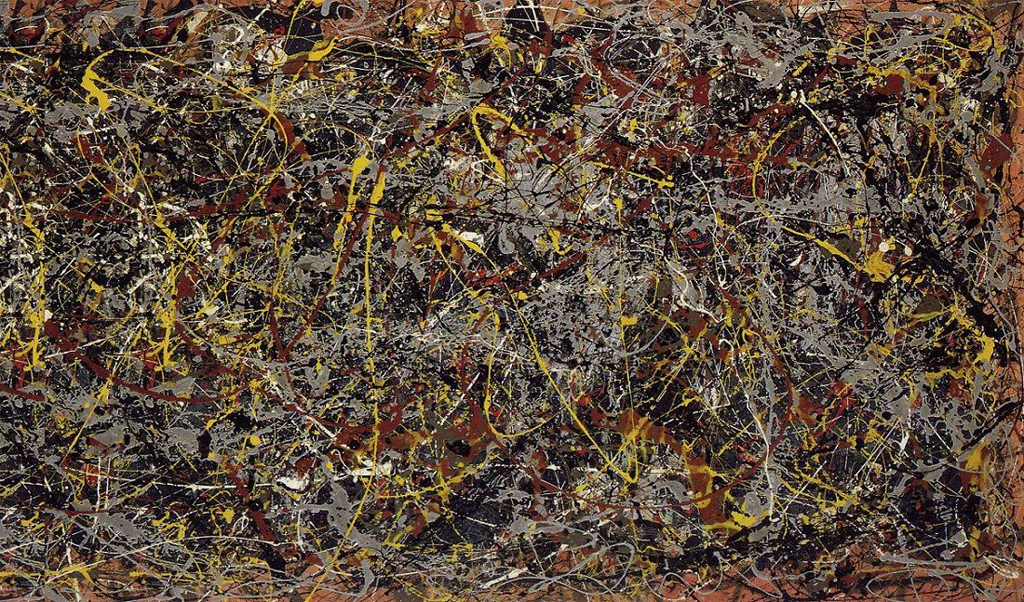
9. Masterpiece, Roy Lichtenstein – $165,000,000
Roy Lichtenstein is among the pioneers of the pop art culture that deflated the macho mystique image of American art and produced something that was more realistic and relatable. His best-known work- the Masterpiece (1962) features some classic elements of pop art like Ben-Day dots and speech balloons set in a comic-strip narrative. The painting was a part of Lichtenstein’s first exhibition at the Ferus Gallery, Los Angeles, featuring other works like the Drowning Girl and the Portrait of Madame Cezanne. Now, some critics have dismissed The Masterpiece as just another glossed-up and glamorous piece, others believe that the painting has some deeper meaning attached to it. And that is what we are going to look into here.
Masterpiece depicts a man (possibly the artist) and a blonde woman, looking at a canvas, the content which is not visible to the viewer. A speech bubble ensuing from her mouth shows that she is praising the “masterpiece” in question, even calling it something that would get “all of New York excited”. This artist-man Brad features in several other works of Lichtenstein (who believes the name is clichéd and heroic enough to be the perfect protagonist of Pop Art). Masterpiece is regarded as a tongue-in-cheek joke that reflects Lichtenstein’s artistic career. The stoic, solemn way Brad agrees to the blonde woman can also be seen as a satirical commentary on the “hot young artist” who’s known more for his looks and less for his work.
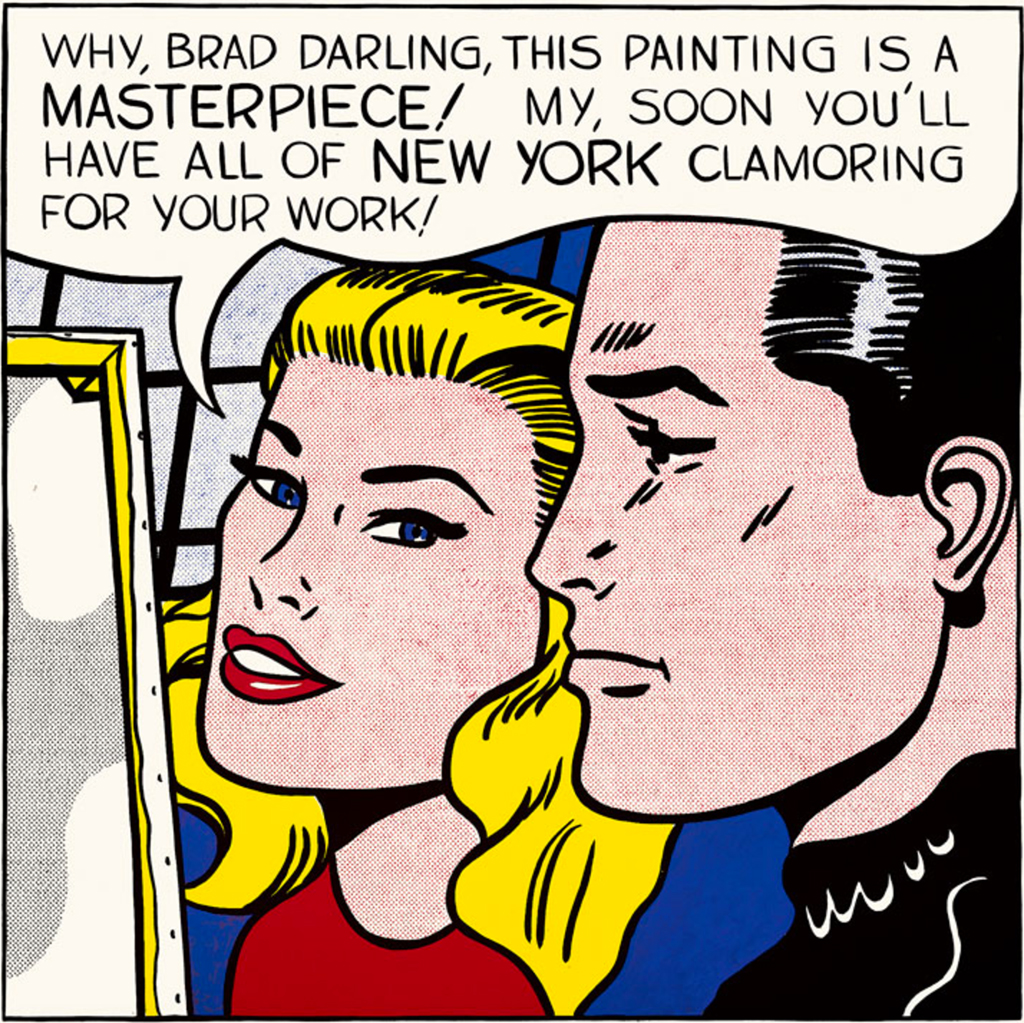
8. Nu Couche, Amedeo Modigliani – $170,400,000
Nu Couché, aka the Red Nude or the Reclining Nude, is a 1917 oil-on-canvas painting by the Italian Painter Amedeo Modigliani. Often considered to be the painter’s magnum opus, the Nu Couché is a seamless fusion of classical idealism and modern-day sensuality. The picture of the naked woman lying on the couch looks erotically realistic yet has a surreal, almost sublime beauty that catches the viewer off-guard. There is nothing crass or vulgar about this “column of tenderness” (the woman as described by Modigliani). Instead, she comes across as a sensual, aroused woman in her prime who is not afraid to give and demand physical pleasure.
The painting, though inspired by the Italian Renaissance depictions of Venus and other female figures, has a modern twist to it. Unlike the depictions of classical artworks, where the nudity is not used as a metaphor or an allegory to establish the purity of the woman. Nu Couché highlights the nakedness of the female; her entire body is featured up-close from above and spans the entire canvas (only her hands and feet are not in the frame). The expanse of creamy skin glowing under the soft light is in stark contrast with the crimson couch that further adds to the lady’s allure. The Nu Couché neither glorifies the female body nor belittles it – it simply presents it the way it is – caught up in the throes of passion- provocative, unapologetically bold, and carnal.
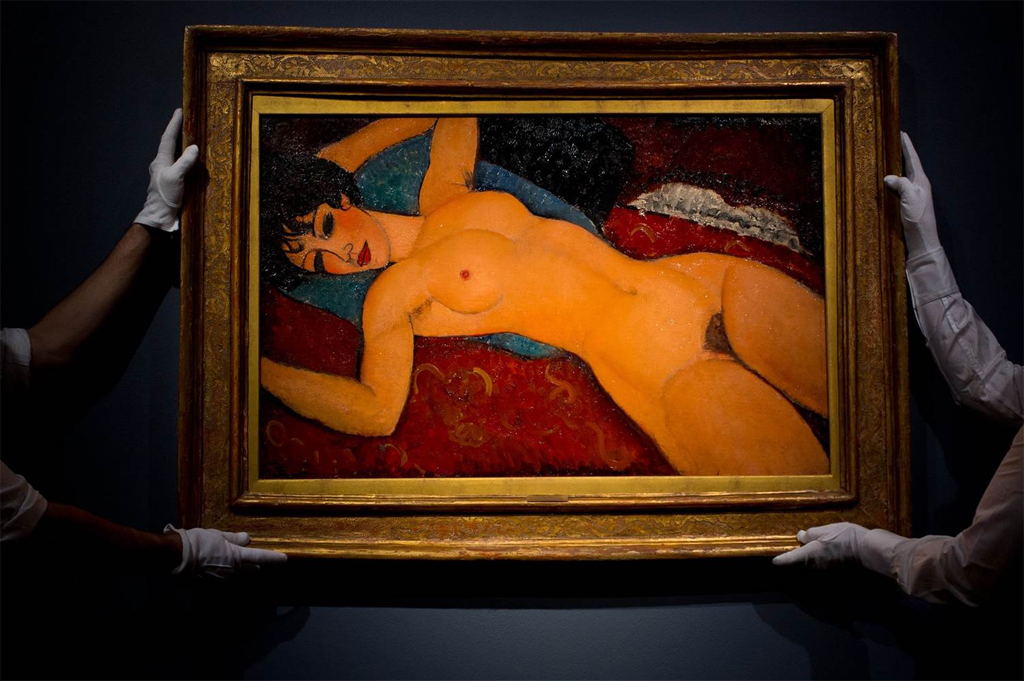
7. Les Femmes d’Alger (Version O), Picasso – $179,400,000
In the year 2015, the master’s Les Femmes d’Alger Version O sold for USD 179.4 million to set a then world record for the most expensive painting ever sold at an auction. This painting is the culmination of a series of 15 works on Women of Algiers completed by Picasso, inspired by the 19th century Spanish great Eugene Delacroix. This work perfectly exhibits Picasso’s tendency to produce work that is of vintage style, yet remaining completely fresh in approach and presentation.
Equal parts kitsch, postmodern and classic, this piece is considered to be the most important Picasso in the hands of a private owner today. This brilliant canvas boats vibrant colours and had been created by Picasso in 1955 as the final work in series of 15 variations. This series was also conceived as an elegy to Picasso’s friend and rival Matisse who had passed away in 1954. With its play off cubism and bringing together of all of Picasso’s lifelong passions, this is truly a milestone in Picasso’s repertoire. It has been featured in Picasso’s retrospectives the world over.
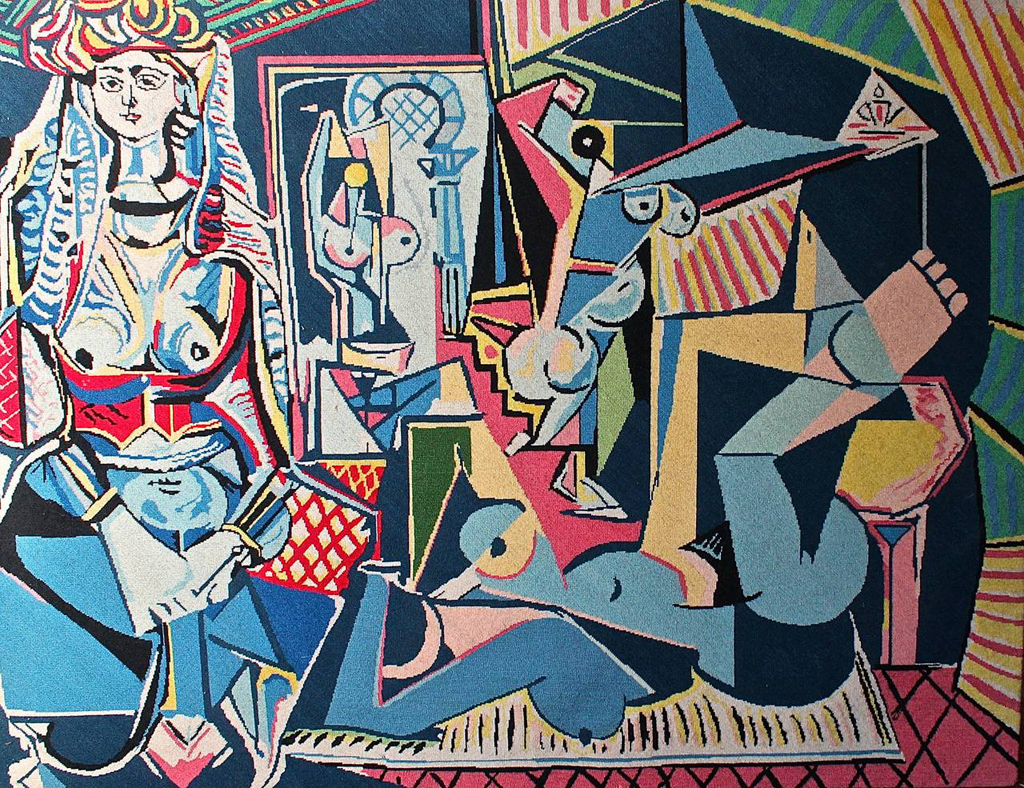
6. No:6 (Violet, Green and Red), Mark Rothko – $186,000,000
Mark Rothko was a Russian born American painter and a pioneer of abstract expressionism. Rothko’s style is characterized by the use of large canvases and horizontal bands of bright colours. Violet Green Red is ambiguously named to allow viewers to form their own impressions. Here, Rothko uses a spartan palette with the darkest shades at the top, symbolizing the depression that plagued him.
The use of vivid colours in a simple pattern exemplifies Rothko’s signature style of conveying an intimate message without the use of subjects. This piece was bought for USD 186 million by the Russian businessman Dmitry Rybolovlev from the Swiss art dealer Yves Bouvier in the year 2014. While the purchase has subsequently got embroiled in legal disputes, this piece still remains one of the expensive pieces of art in the world.
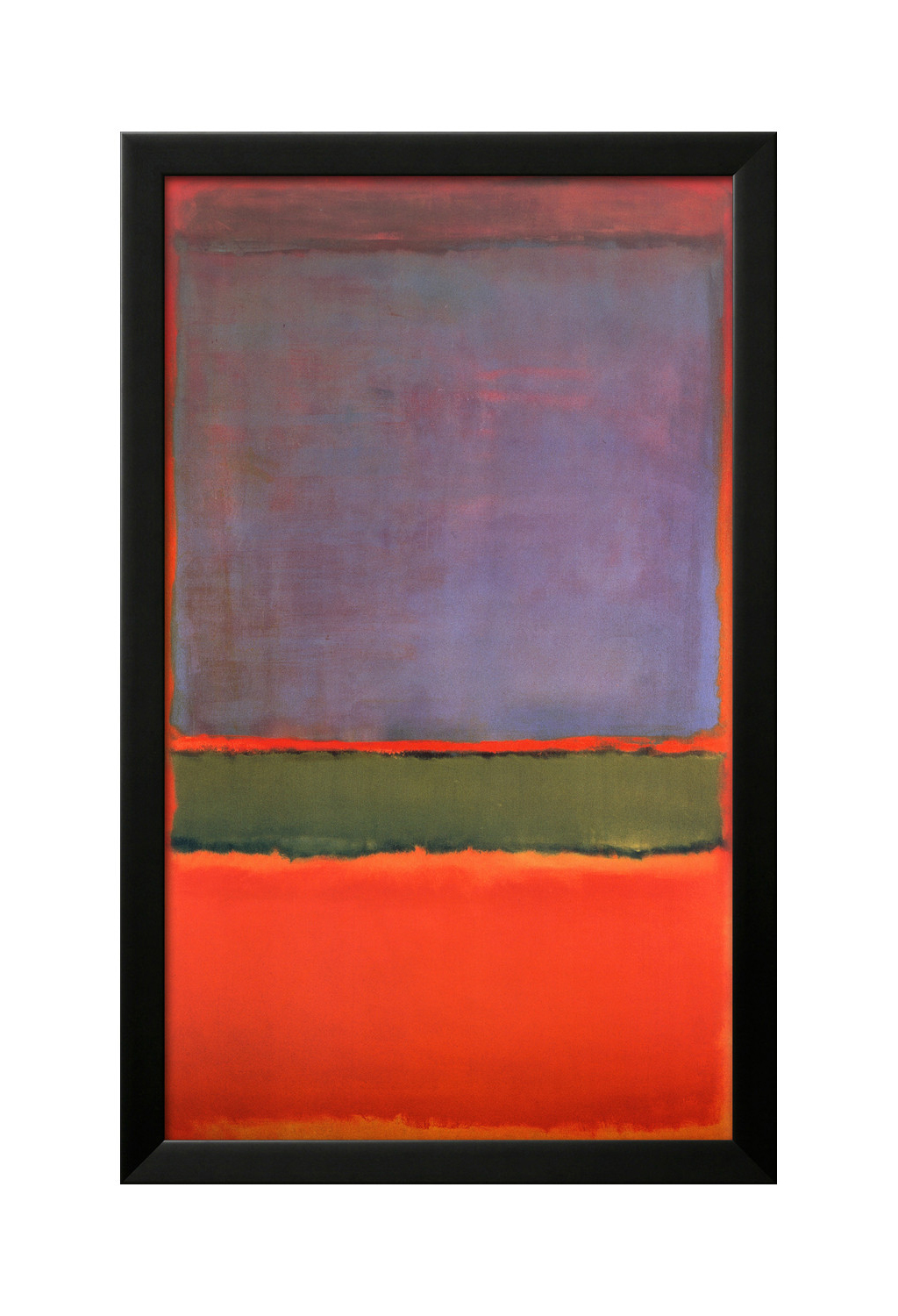
5. No. 17A, 1948, Jackson Pollock – $200,000,000
Abstract expressionism was a post-WWII art movement that emphasizes on the subconscious and spontaneous creation. Jackson Pollock’s artwork belonged to this school of painting- his dripping paint technique has its roots in the work of André Masson and Max Ernst etc. This piece of abstract work was created sometime in 1948 and was featured in the 1947 Life magazine article that made the painting a household name. Done on fibreboard canvas using just oil paints, Number 17A looks like a messy mirage of patterns and colors. However, a closer look highlights several layers to the painting that were lost on the viewer at a glance. The name Number 17A is pretty formal and lacks creativity or uniqueness. Pollock intentionally deviates from naming his artwork as something fancy- this only shuns light on the radically unique nature of the painting. The random patterns don’t appear so vague once you observe it up-close. In fact, Pollock’s precise movement and artistic control can be tracked in the way the oil-dripping painting is structured.
The title of the painting Number 17A is in stark contrast with its content. While the name is bland, the patterns depicted in the painting are anything but ordinary. Critics had very mixed reactions to the painting; it was met with great public scrutiny and hence not valued much in the art world. It was only much later in 2016 when the piece was purchased by billionaire art collector Kenneth C. Griffin for approx. $200 million that Number 17A was revived as the fourth most expensive painting ever sold in history.
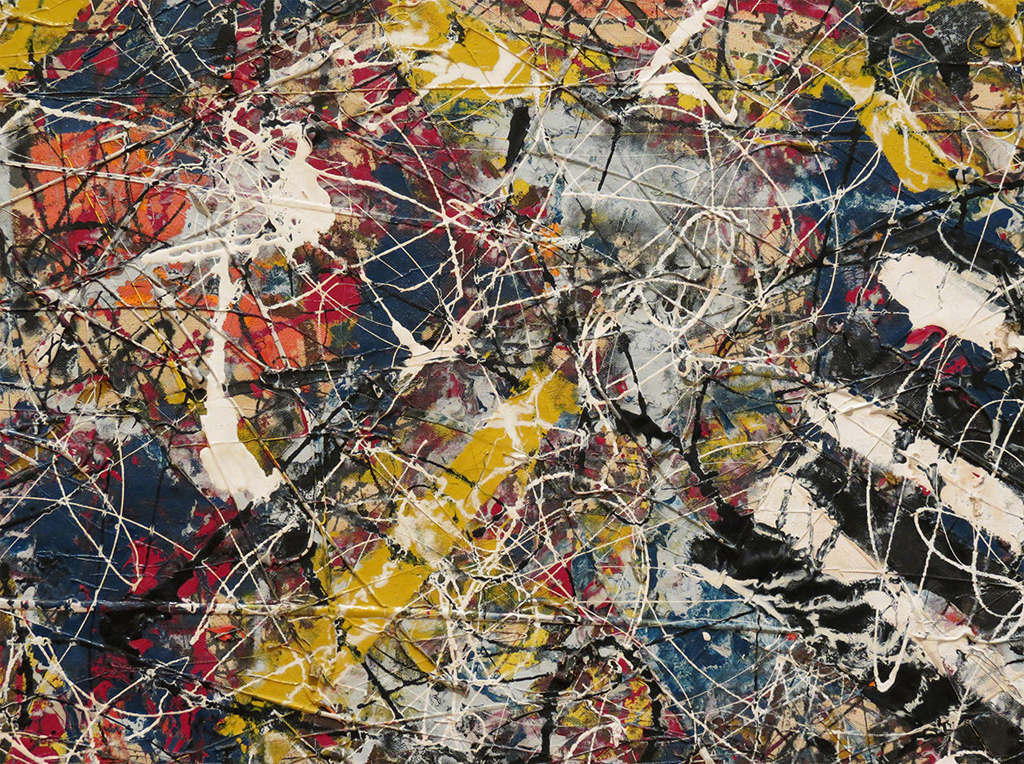
4. Nafea Faa Ipoipo (When Will You Marry?), Paul Gauguin – $210,000,000
Paul Gaugin’s 1892 painting is currently the most expensive painting in the world. His painting of two Tahitian girls smashed the world record in February 2015 when it was bought by the Qatar museums from a private Swiss collector Rudolf Staechelin for an astounding USD 300 million!
It depicts two women against a natural landscape, one in a native dress and another in a colonial style missionary dress symbolising the fusion of Polynesian and European cultures. This painting was completed by Gauguin at around 43 when he had gone to Tahiti to escape all that was conventional and artificial in Europe. This painting had been on loan with the Basel Art Museum for over 60 years before being withdrawn from display by the seller and sold. Seemingly unimpressive, this artwork illustrates the authenticity of a rooted culture in a bygone era.
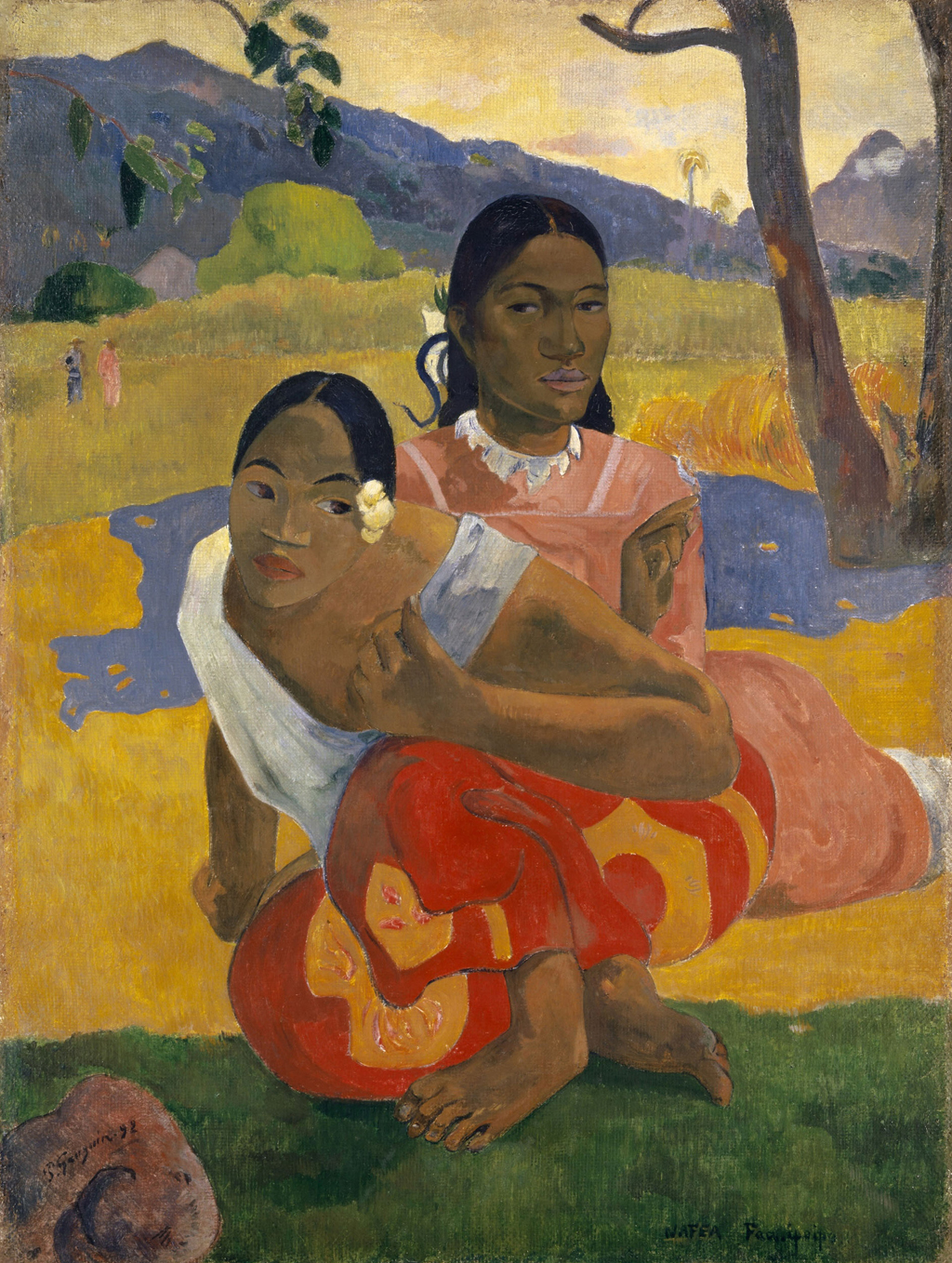
3. The Card Players, Paul Cezanne – $250,000,000
This painting held the record for the most expensive one in the world before the sale of When Will You Marry in 2015. The Card Players had been bought by the Qatari royal family from the Greek shipping magnate George Embiricos for a whopping USD 274 million in the year 2011. This painting is one of those classic images that you surely would not fail to recognize. It is an image that has been seen in coffee table books, luxury good magazines and art history curricula for many years now.
It makes up one of 5 pieces painted by Cezanne as part of his post impressionist series completed between the early and the mid 1890s. This iconic image features two stony faced men sitting at a small wooden table playing cards. The painting style and the use of pastels is classic Cezanne with the subtle expressions on the faces beautifully conveying two players completely immersed in the game. A bottle of wine placed on the table adds to the impressive, yet subtle detailing. It may interest you to know that the two models used for the painting were Cezanne’s gardener and farmhand at his family estate!
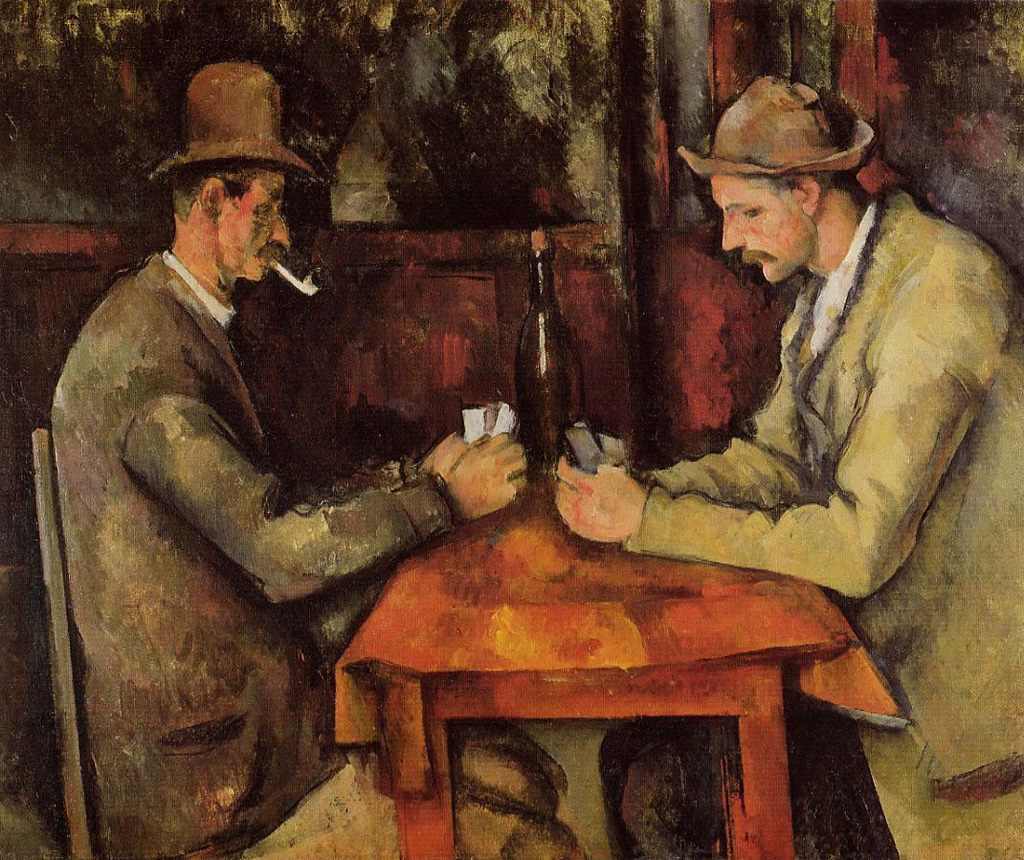
2. Interchange, Willem de Kooning – $300,000,000
Interchange or Interchanged is an oil-canvas painting by the Dutch-American painter William de Kooning who belonged to the school of abstract expressionism. The painting was the first of Kooning’s abstract landscapes that were completed in 1955 and was influenced by Franz Kline’s artistic style. Kooning spends the better part of his career studying and reworking the abstract female figures. It was only later that he deviated from painting human forms and ventured into replicating abstract images of his surroundings in downtown New York. The interchange was created at a time when both the private sphere of the artist and the art community at large was undergoing a gradual but massive change. De Kooning was financially stable and had the opportunity to make new choices – both professionally and personally. He thus moves away from his spontaneous wild paintings to a more stable, sober and tamed landscape pieces.
Like any abstract work of art, even Interchange appears to be vague and nonsensical at a glance. A closer observation reveals several layers to the painting. It symbolizes the transition that Kooning’s life was undergoing at that time. It took over 11 years for the change to completely manifest itself creatively; the Interchange was just the first of the many landscape portraits that followed. The Kooning who was known for violently attacking his canvases and vibrant colors was tamed to a gentler yet intuitive style. This aesthetic and textural shift that Kooning underwent in the mid-1950s also forms the foundation of surrealism that would later take the 21st century by storm.
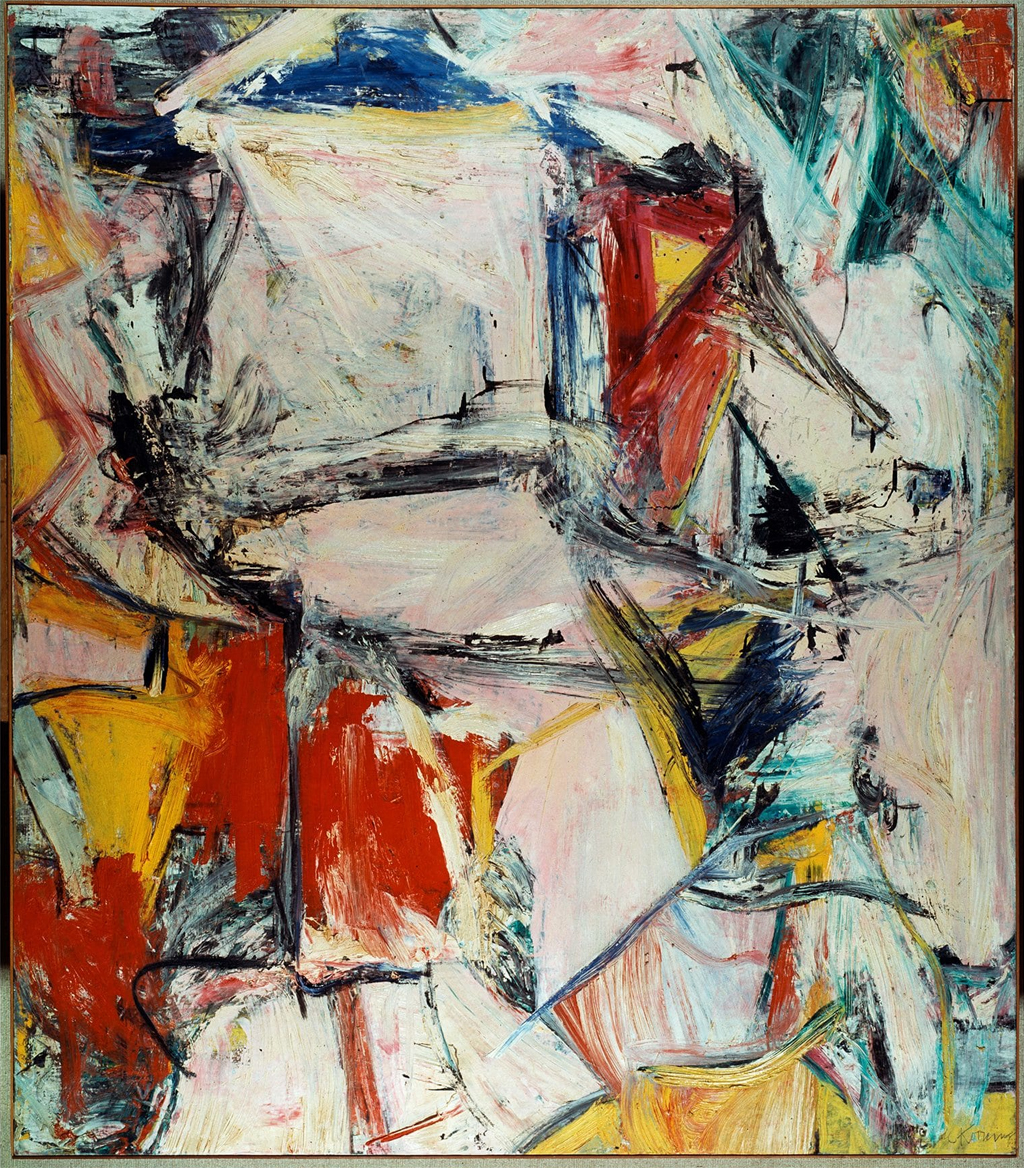
1. Salvator Mundi, attributed to Leonardo da Vinci – $450,300,000
Salvator Mundi or Saviour of the World was supposedly painted by Leonardo da Vinci (many critics believe otherwise). The painting presents Jesus Christ dressed in Renaissance garbs and bestowing benediction, his right hand raised with two fingers crossed while holding a crystal ball in his left hand. The glass globe in his hand symbolizes crystalline spheres of the heavens – Christ is shown to be the savior of the world and the master of the cosmos. Leonardo was a Roman Catholic but still deviates from the traditional images of the brass/golden globes with a crucifix to the crystal sphere. Some claim that it was a conscious attempt on his part to tie the physical and spiritual worlds together.
Art enthusiasts claim that there are 20 different variants of the artwork, the original painting being lost. One such copy was recently restored and rediscovered to be the original work of da Vinci by many leading scholars. The argument that they present it that the golden hair ringlets, the knot-work crossing store, and the two fingers raised to bless mankind are all classic da Vinci and not found in the other copies of Salvator Mundi. Salvator Mundi has a rags-to-riches story that’s quite fascinating. The present owners of the painting acquired the piece is a very bad shape – the wooden panel was split into two and the canvas was reportedly repainted to hide the botched repair work! However, all said and done, Salvatore Mundi is notably the last of Leonardo’s works and hence very highly valued in the art community.
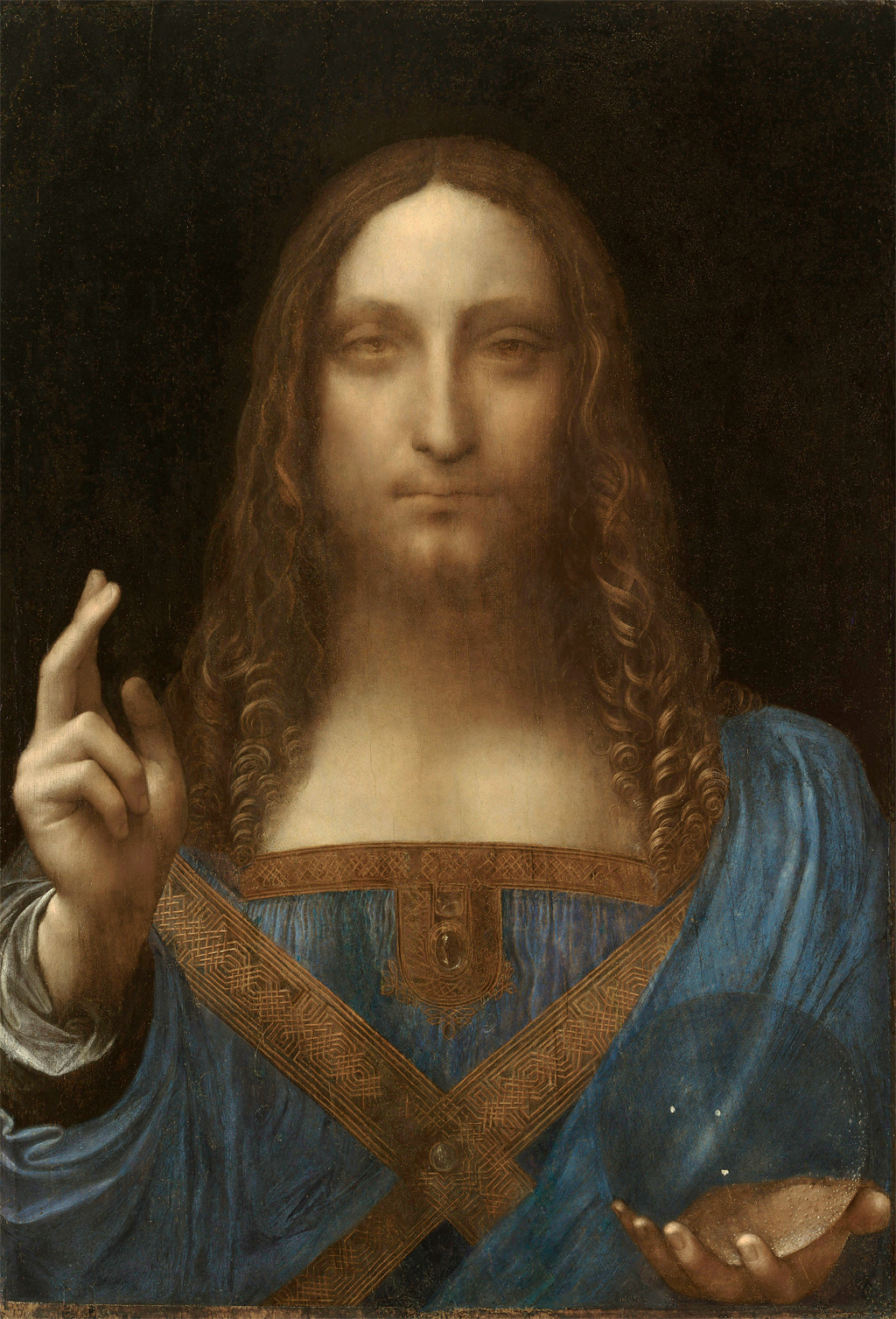
Artists whose Paintings are the Most Expensive Canvases in the World
In the dazzling universe of art, there exist masterpieces so breathtaking and scarce that their price tags soar to heights most of us can barely dream of. We’re not talking about ordinary paintings, these are among the top 10 most expensive paintings ever sold, crafted by artists who are nothing short of legendary.
First up, we’ve got Leonardo da Vinci, who’s like the superhero of the Renaissance. He could do it all – paint, invent, you name it. When you hear about a painting selling for hundreds of millions, there’s a good chance it might be one of his. His works are so costly because they’re super old, super rare, and, well, super awesome.
Then there’s Pablo Picasso, a guy who saw the world differently from everyone else. He liked to break things down into shapes and colors in ways that no one had ever thought of before. Picasso’s paintings are among the most expensive because he changed the game of art. His works are like pieces of the puzzle that is modern art.
Amedeo Modigliani had a knack for making people look long, elegant, and mysterious. His paintings are worth a ton because they capture something special about the people in them, even if they might not look exactly like real life. It’s his unique style that makes his art stand out and why collectors are willing to pay big money for a Modigliani.
Abstract art gets its heroes in Mark Rothko and Jackson Pollock. Rothko’s paintings might look like just blocks of colors, but there’s a whole world of feeling in each of those colors. His works can make you feel things you didn’t expect, which is pretty cool for something that might at first just look like a red square on a canvas.
Pollock, on the other hand, liked to splash and drip paint all over, making these wild, energetic pieces. People pay a lot for a Pollock because there’s nothing else quite like them. They’re like frozen explosions of color and energy.
These artists, with their groundbreaking works, aren’t just making art – they’re making history. Their paintings, some of the top 10 most expensive in the world, remind us that art isn’t just about what you see on the surface. It’s about the ideas, the feelings, and the moments they capture. Whether it’s a detailed portrait from hundreds of years ago or a canvas covered in splatters of paint, these works are priceless in more ways than one. And that’s why the most expensive painting in the world, no matter which one it is at the moment, is always about so much more than just the money it’s worth.


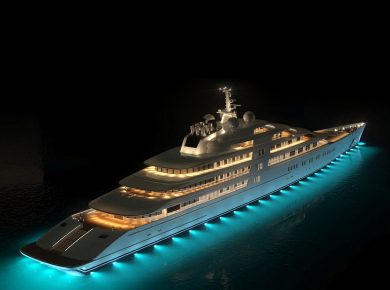


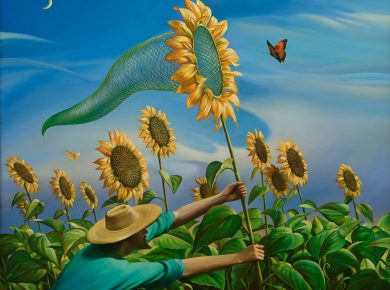
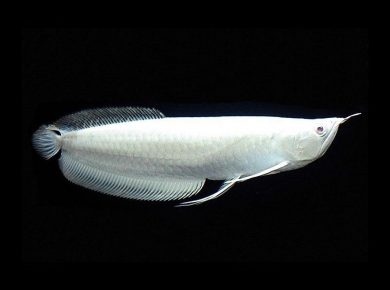
2 comments
The picture of the so called christ is false and shouldn’t be worth one cent the true image of Christ is described in Revelation 1:14-15 and according to the Bible the Messiah is a very dark man of color what you would call today a Negro
I would call this Thinkable Art. But no replacement of beauty.